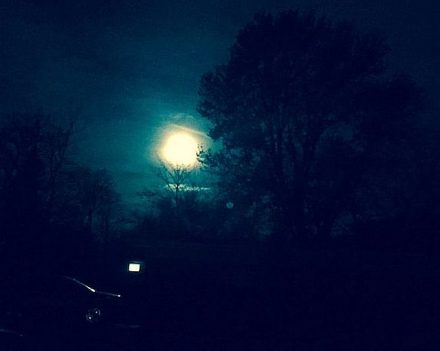
We used to think the beginning of the spring season in the Northern Hemisphere and the autumn season in the Southern Hemisphere. began on March 21 but that thinking has changed.
The equinox occurs when day and night have equal amount of time with 12 hours each. But in the spring, there are a few more minutes of daylight at the mid-temperate latitudes on equinox day, March 19, this year. However, the exact time of the March equinox is 11:06 EDT.
Weather and astrological sites such as EarthSky and the Old Farmer’s Almanac estimate 2-2 1/2 minutes more of daylight. But location does matter. The difference can be 8-10 minutes.
For sunrise and sunset in your are visit Almanac rise and set which is currently set for Chicago, IL.
As to when, sunrise is the time that the edge of the sun first touches the eastern horizon. Sunset is when the last edge of sun touches the western horizon.

